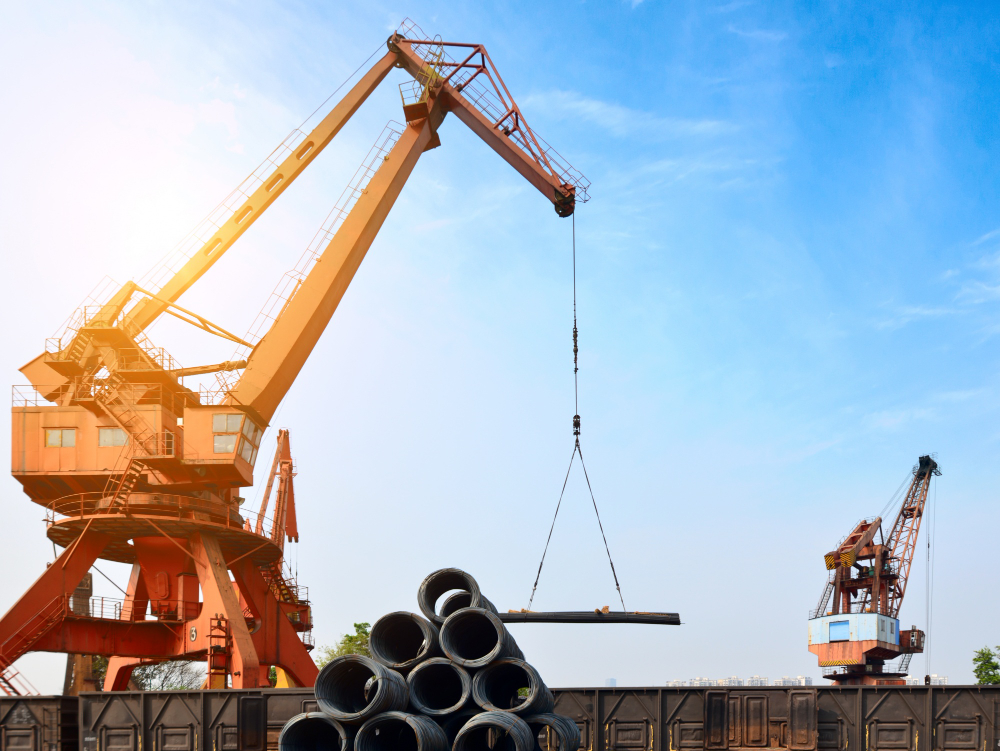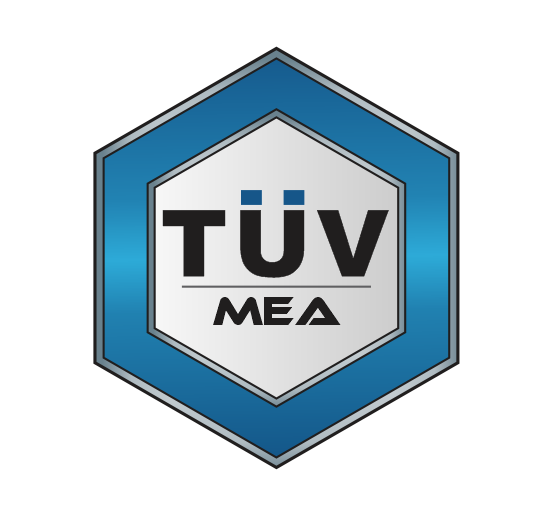Lifting Equipment
and Crane
Lifting equipment and cranes play a crucial role in various industries, facilitating the movement and positioning of heavy loads with precision and efficiency. However, ensuring the safety and reliability of these equipment is of paramount importance. Lifting equipment and crane inspections are systematic processes designed to assess and verify the condition, functionality, and compliance of such equipment with safety standards and regulations. These inspections are essential to prevent accidents, ensure workplace safety, and maintain the integrity of the lifting machinery.

Benefits
Regular inspections help ensure that lifting equipment and cranes comply with local and international safety regulations and standards. This is vital for creating a safe working environment and reducing the risk of accidents and injuries.
Thorough inspections identify potential issues and defects in lifting equipment before they escalate into major problems. This proactive approach allows for timely repairs and maintenance, minimizing the risk of equipment failure and accidents.
Regular inspections and proper maintenance contribute to the longevity of lifting equipment and cranes. By addressing minor issues promptly, the need for major repairs or premature replacement is reduced, saving both time and resources.
Well-maintained and regularly inspected lifting equipment operates more efficiently. This leads to increased productivity, as downtime due to unexpected breakdowns is minimized, and the equipment can be used at its optimal capacity.
Many jurisdictions have stringent regulations governing the operation and maintenance of lifting equipment and cranes. Regular inspections help businesses remain compliant with these regulations, avoiding legal consequences and potential fines.
Insurance providers often require proof of regular inspections and maintenance to ensure coverage in case of accidents. Complying with inspection protocols can help businesses meet insurance requirements and secure coverage.
While there is an initial cost associated with inspections and maintenance, the long-term benefits include reduced repair costs, decreased downtime, and avoidance of costly accidents. This translates into significant cost savings over the lifespan of the lifting equipment.
